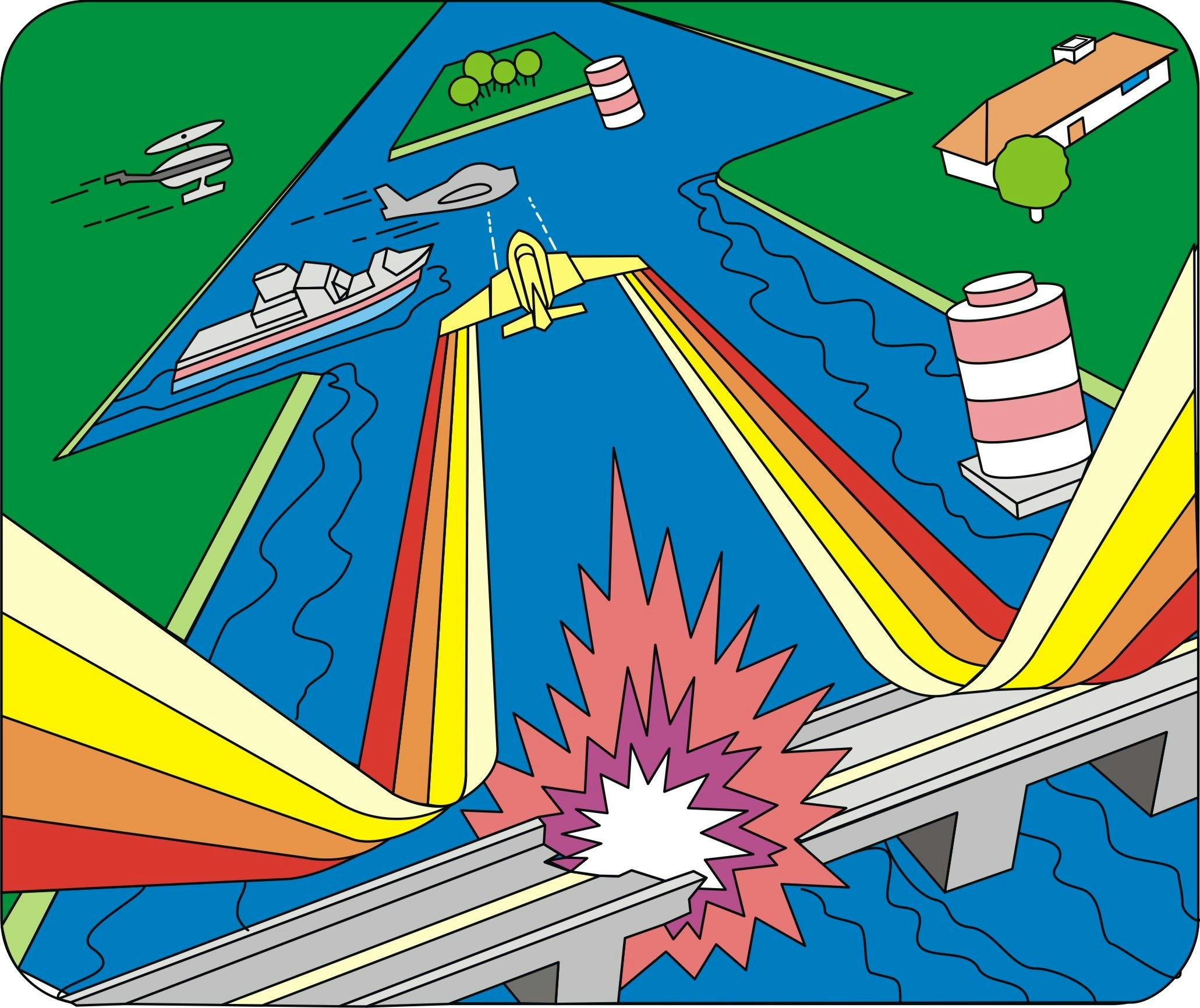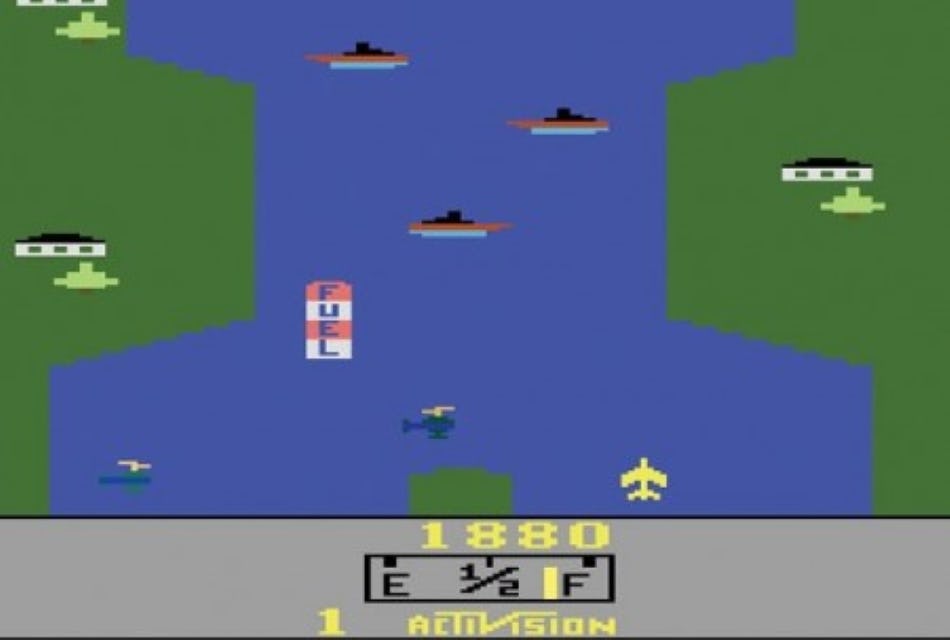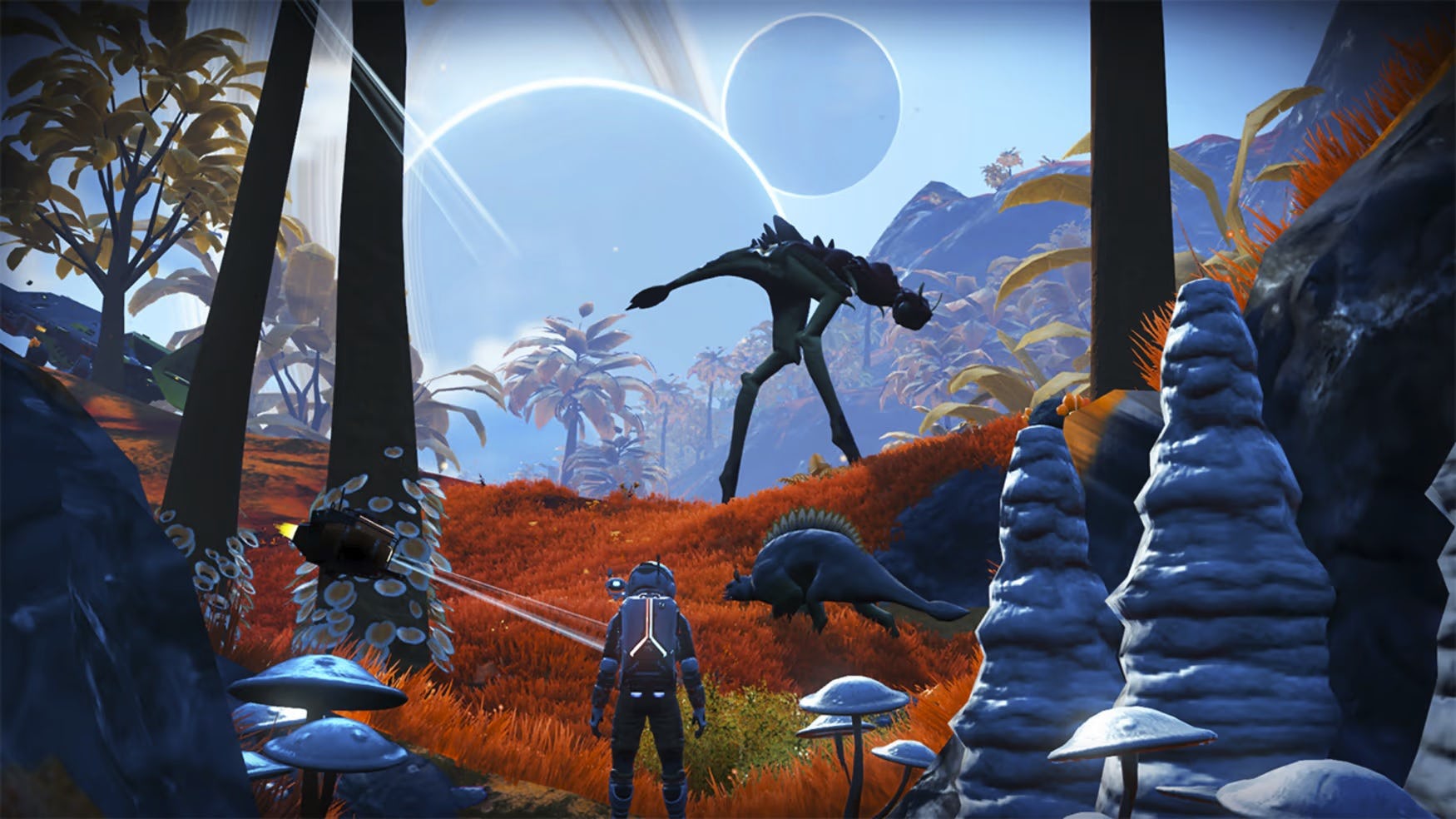
Innovation is rare. Making the attempt is not. Just look at electric cars, Indian food, and the Power Glove to see how our efforts to innovate don't always pan out the way we’d expect. Conversely, sometimes innovation happens organically. This was the case 40 years ago when Activision’s Carol Shaw changed gaming forever.
River Raid for the Atari 2600 doesn't look like much these days (what does after 40 years?). But it was a million-selling success for one of the first women in game development and made top-down shooters into a genre of their own. How? An astonishing amount of programming skill crammed into a 4KB game that offered endless hours of entertainment.
Let’s start with the basics.
River Raid puts players in the cockpit of a fighter jet as it flies along an ever-changing canyon peppered with enemies, obstacles, and fuel. Players shoot down helicopters and boats and blow up bridges to clear checkpoints as they cruise through an increasingly treacherous map. The procedurally generated enemies mean that high scores require a dash of luck alongside heaps of skill.
This isn't a button-mashing bullet hell either. Players can only have one projectile on screen at a time, which means that careful aim is required. Take a potshot at a rogue chopper? You better hope it lands before you hit that bridge. Even today the controls feel good, if a bit slow, and if you happen to own the old PS2 Atari anthology or the Atari Flashback 9 console, you’ll likely discover River Raid holds up surprisingly well thanks to this simplicity. (There are also plenty o’ ROMs online too).

Other elements of Shaw’s incredible design skills may be less obvious.
Little things, like how the scrolling speed of the background changes when you accelerate, were brand-new concepts seen as technical marvels at the time. This is why River Raid won numerous awards and featured Shaw’s name on the box, the first woman in the game industry to receive such a credit. Atari made a sequel without Shaw, River Raid 2, but it fell short of its predecessor’s success. A planned third entry in the series for the SNES was later scrapped, too. They just didn’t have the same magic as Shaw’s original creation. She retired in the early ‘90s, largely due to the success of River Raid.
In the decades since, Shaw has become an iconic figure in gaming. As the industry looked to revamp its bro-heavy image in the 21st century, Shaw’s contributions became even more noteworthy.
In 2017, she donated a collection of notes and memorabilia to The Strong National Museum of Play in Rochester, NY. These included handwritten code on graph paper, an almost unthinkable anachronism in game development today. Less unthinkable is that the game caused a controversy upon release. Believe it or not, it was considered to be excessively violent by Germany and was the first video game in the country to be banned for minors.

Shaw may not have designed a game in nearly 30 years but the generations of developers she inspired carry on her legacy.
Titles like Minecraft and No Man’s Sky perform comparable marvels today, extracting what seem like endless worlds out of a limited amount of memory. 40 years later, Shaw’s influence on game development is still going strong. And, odds are, we’ll still see it in another 40 years, too.







